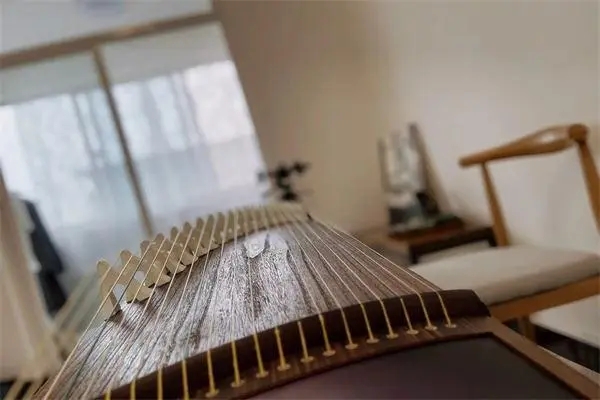The Simple Difference Between Guqin, Se, and Guzheng
The qin is an ancient plucked instrument with seven strings and fretless. Se is a kind of playing board and box stringed musical instrument in ancient times, and guzheng is a zheng musical instrument, which belongs to plucked instruments. The violin is smaller, has less volume, and has fewer strings. The volume is large and the cavity is large, so the volume is high, and the timbre changes more with more strings. Se is a single-string pronunciation. Se's voice is a little empty in the bass area and a little thin in the treble area.

The pitch of the empty strings of the guqin is not fixed, and it depends on the music played. The tuning of the guqin is complicated, and there are as many as 35 modes. The strings are tuned according to the pentatonic scale, with a range of four octaves and a major second. The traditional common playing method uses the four fingers of the right hand to pluck the strings, play the melody and master the rhythm. The left-hand playing method also follows the tension of the strings on the left side of the zither, and controls the change of the string sound to adjust the pitch. Perfect the melody.
Playing the Se: Fingering is to pluck the strings in the inner and outer directions with the big, food, middle, and no-name fingers respectively. There are eight types in total, called smashing, holding, wiping, picking, hooking, tickling, hitting, and picking. The left hand can press the left chord section of the fret to take the change when necessary. Zheng: Basic fingering: hook, hold, wipe, large pinch, small pinch, shake, open, hit, hook up and hold up, hold up and touch up.
The guqin has 13 emblems that mark the rhythm, and is also a ritual and musical instrument. It belongs to the silk in the octave. Guqin has a wide range, deep timbre and long aftertone. The serpent is shaped like a qin and has 25 strings of different thicknesses. There is one column per string. The strings are tuned to the pentatonic scale. The earliest serenade has fifty strings, so it is also called fifty strings. The shape of the zheng is a rectangular wooden speaker, and the string frame can be moved freely. One string and one note are arranged according to the pentatonic scale. The earliest 25-string zheng is the most.
 渝公网安备 50010702504639号
渝公网安备 50010702504639号